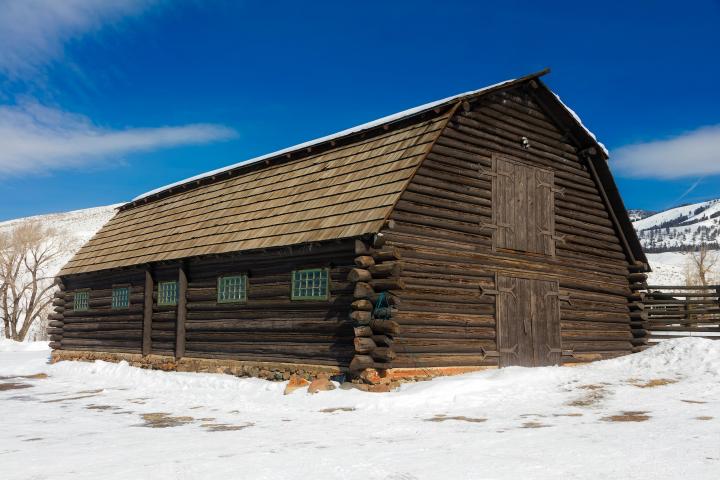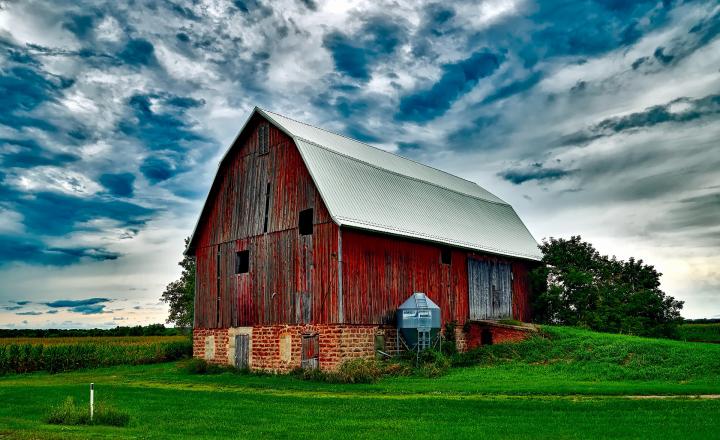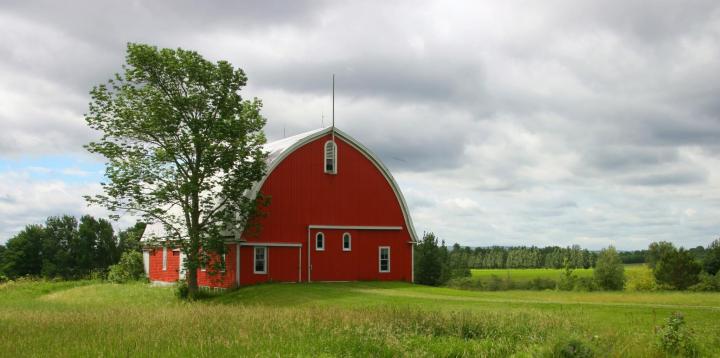
Subhead
Discover the interesting history of American barn styles
More Like This
No content available.
ADVERTISEMENT
Comments
Add a Comment
Haiku: Great wide-eyed Owl...Basks in silver-dust Moonlight...Atop an old Red Barn~
"Cathedrals in the field " Barns are a precious part of our history - something must be done to preserve some of these buildings just as we save many olde homes and institutions.Thankyou for the series of pictures - l live close to a monstrous brick barn slowly dying - what a pity. l often wonder if the stone and brick barns were a success as l visualize them holding moisture (in Britain - soggy barns - black foot for the animals)
I found the article very interesting and enlightening,thanks
Great Owls like to roost or perch on Red Barns; esp. with the silver-dust moonlight; Save the Red Barns !!!!












